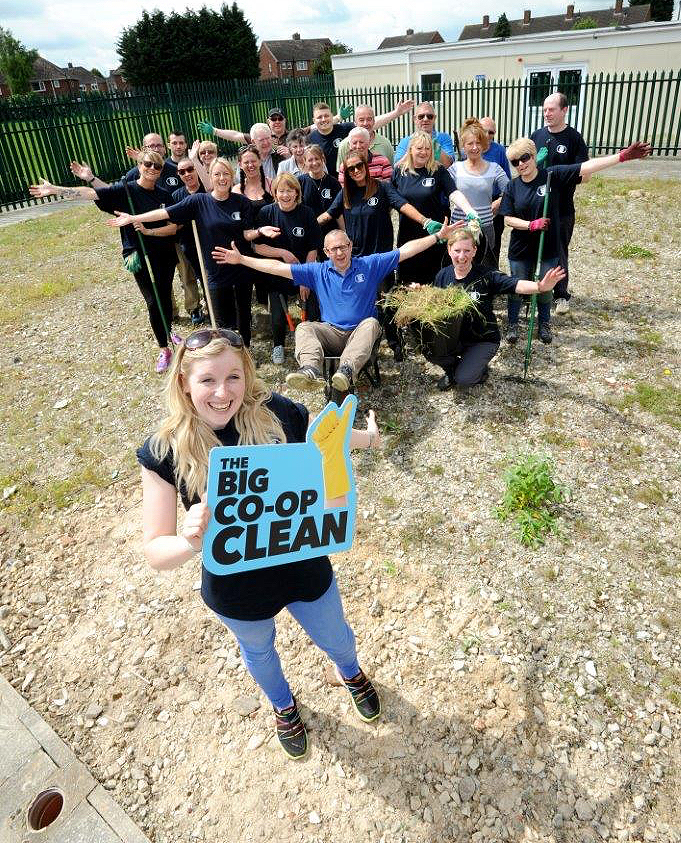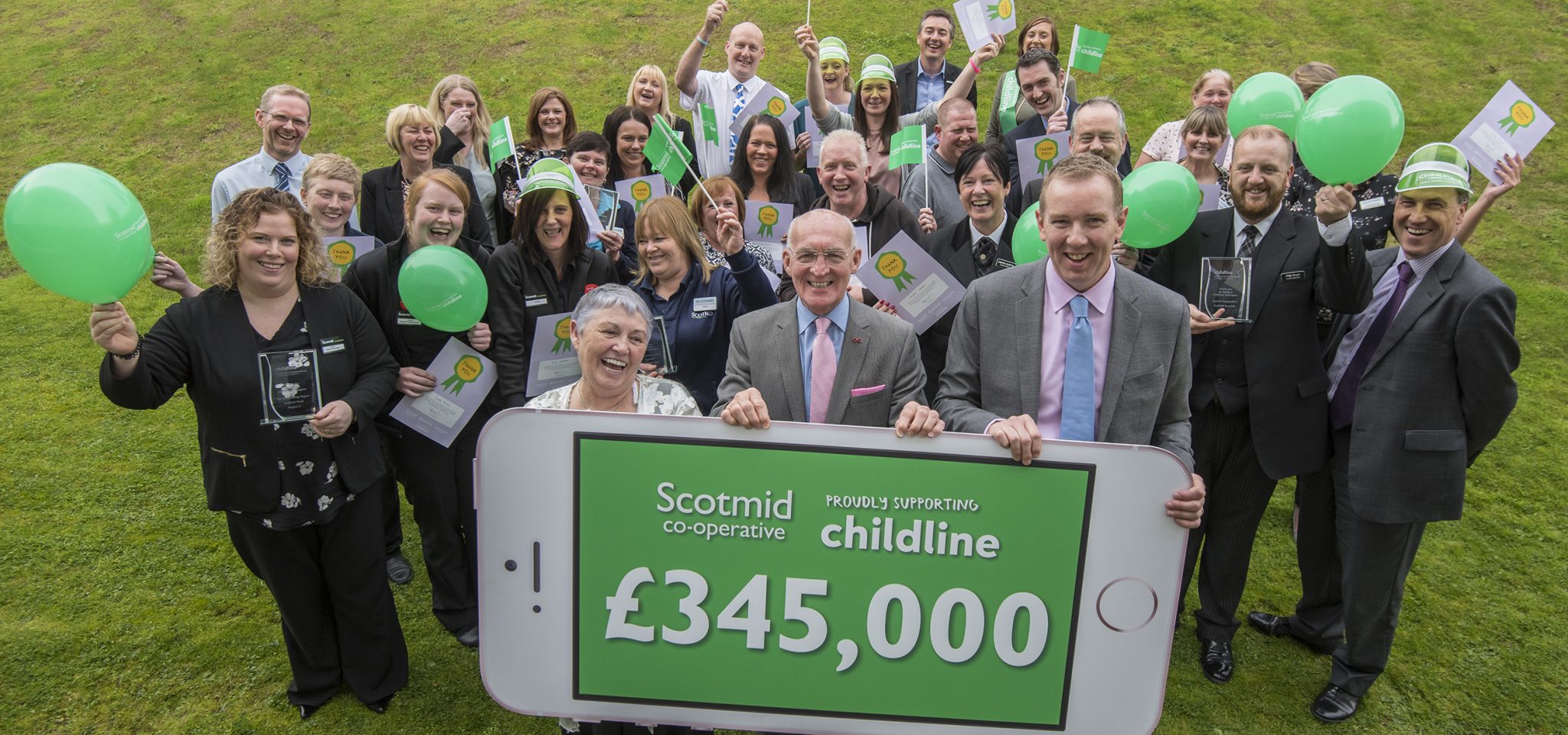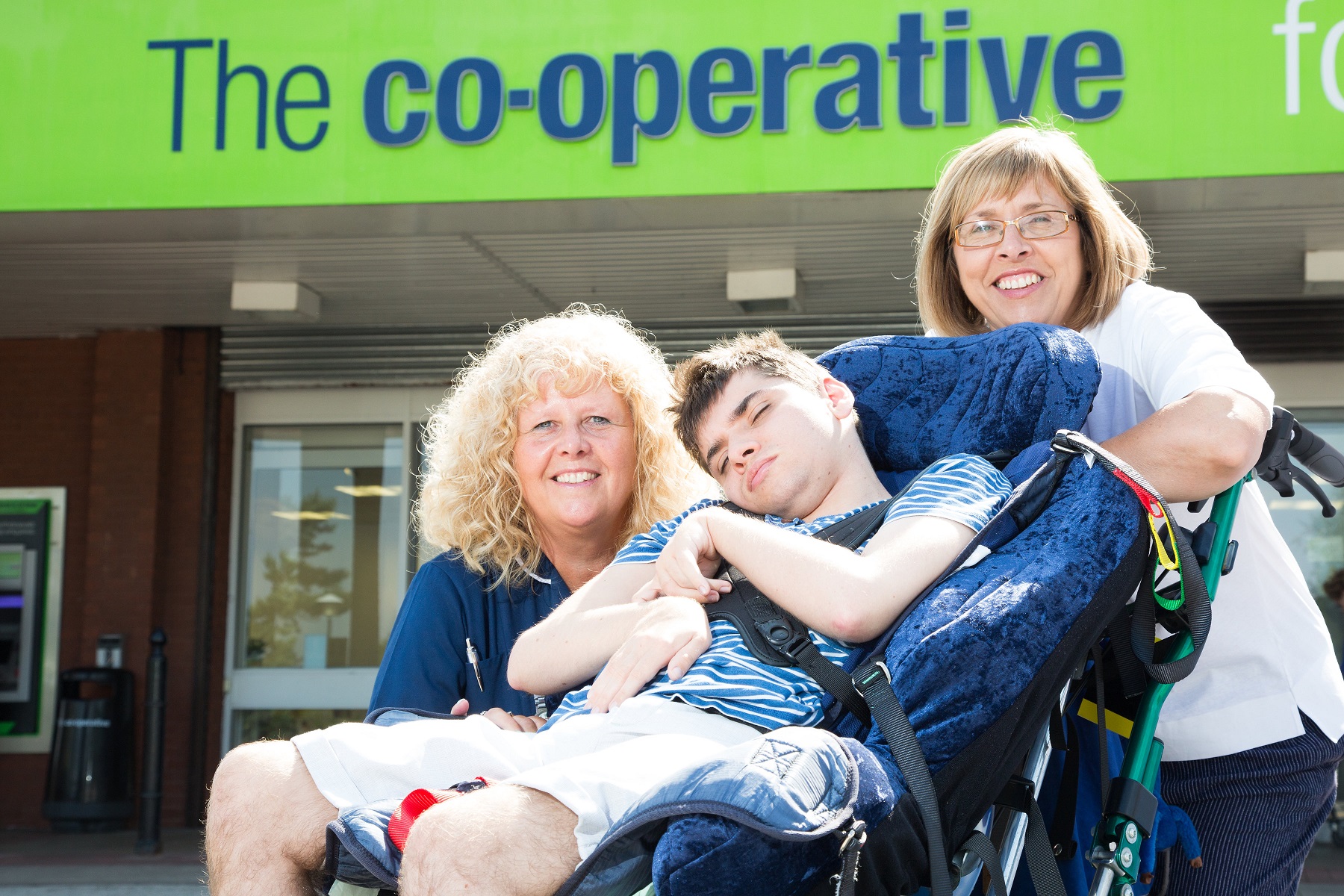The panel
Alyson Slater is chief network engagement officer at Global Reporting Initiative (GRI). She has worked in the sustainability sector for almost 20 years and developed GRI’s knowledge base on key topics such as materiality, stakeholder engagement and integrated reporting.
Alison Freeman is senior consultant with the New Economics Foundation. Outcome and impact measurement specialist, she sits on Social Value International’s methodology subcommittee and has developed courses for organisations seeking to measure social return on investment.
Marcus Hulme is social impact director at Big Society Capital. He has worked in the charity and public sectors for 20 years, including as a Senior Policy Manager for the Big Lottery Fund, where he was responsible for designing, delivering and evaluating multi-million-pound funding programmes.
As socially conscious businesses, co-operatives want to make a positive impact on the communities they serve. However, the majority of co-ops are relatively small. Is size a hindrance to monitoring impact, or are there some simple and cost-effective strategies SMEs can take?
Alyson Slater: It’s important for co-ops to walk the talk. With a stated commitment to positive impacts, co-ops need to follow through and demonstrate the value they bring to the community by measuring and reporting on these impacts. The most efficient and effective way SMEs can do this is by staying focused on their most material impacts – and not feel like they must report on everything.
The GRI Sustainability Reporting Standards guide SMEs to identify and prioritise topics for reporting that are both of greatest interest to stakeholders and have a significant impact on the economy, environment or society.

Marcus Hulme: Size shouldn’t be a hindrance. It might be hard to allocate budget or a bit of someone’s time for measurement, but it’s definitely something co-ops of all sizes should look at. Measure what’s important and right for you, given the scale you’re working at. So if you’re small-scale, you might just measure a couple of things, and if you’re larger you might measure more in depth. Impact measurement is about helping organisations to learn and improve. It can range from just informally having a conversation with the people in your area, to more sophisticated methods, such as gathering data and running surveys. There is a real range of tools out there and it’s important for organisations to do what’s right for them.
We worked with partners to develop the Outcomes Matrix. It helps organisations to define the impact that they want to achieve, how to clearly articulate it, and how to measure that impact. There are nine outcome areas and 15 different service user groups.
On our Good Finance website, which is a gateway for people interested in social investment, there’s a version of the matrix, where people can build their own bespoke outcomes map, by selecting the bits that are relevant for their own organisation and unique context. It’s a really useful starting point for organisations who want to start thinking about defining and measuring their impact.
What innovations have you seen in reporting community impact?
Alison Freeman:
Theory of Change was pretty radical when it started being mainstreamed a few years ago. I still don’t find Theory of Change well understood by many organisations, as they think it is just a glorified logic model. However, a good Theory of Change is elegant and simple. It communicates the how and why of the change you create within a complex system. The best examples show not only causal chains but dynamic interactions with external factors.
A challenge that I’d like to see innovation and research around is a better community outcomes framework. Those currently available, such as the ONS’s Social Capital Indicators, seem half-baked or policy orientated. It would be great if a systematic approach was taken to conceptually isolating typical outcomes for local communities.”
Alyson Slater:
There are two trends which are shaping the community impact reporting space. One is the change in community impact management, which has a knock-on effect for reporting. For example, companies are setting goals or ideal outcomes for community engagement and longer-term horizons for getting there. The role for reporting is then clear – it is used to track progress toward the goal or ideal outcome. As a result, we are seeing a shift in reporting away from one-off activities, to a longer-term story about transformational change. The second trend we are seeing is a more sophisticated use of social, economic and environmental disclosures in combination, to demonstrate the multi-dimensionality of impacts.

Should businesses look at integrating the UN’s Sustainable Development Goals (SDGs) into their reporting?
Alyson Slater:
The SDGs provide us with a globally agreed set of goals and targets for creating a better world. They are generally being embraced by the business community, and governments have made it clear that we cannot reach most of these goals without business engagement. Co-ops are in a unique position when it comes to the SDGs – they have intentionally designed their business models to try to have a positive impact on some of the toughest goals – things like inequality, zero hunger, and life on land. If co-ops can demonstrate their contributions to these goals they may very well inspire other businesses to scale up their action too.
Alison Freeman:
Absolutely; the SDGs represent the globally agreed priority areas selected by governments, businesses and civil society. This is the first time such an agenda has received endorsement across sectors. Many organisations are now using the SDGs as strategic tools to focus on where they can make the biggest contribution. Institutional investors too are moving away from businesses that they consider risky and they will be looking towards the SDGs for criteria.
From a regulatory perspective, it also makes sense for businesses to report on these areas, as they will shape the policy environment, and the public sector will look favourably on contractors who can show they are adding to the agenda. The UN Global Compact and Accenture conducted a survey of CEOs in 2016 and found more than half thought businesses had the most important role to play in achieving the SDGs.
This might seem like a big responsibility to have to rest on the shoulders of business, but it also makes sense, as this is by far the biggest sector and provider of services and infrastructure. The business case is also clear, as year-on-year record-breaking global temperatures, along with extreme weather events, such as the hurricanes in America, show that ignoring some of these major trends presents significant operational risks. Millennials coming into the workforce will also be attracted to businesses who are most engaged in purposeful and SDG agendas.
Marcus Hulme:
The SDGs have got much more traction than the old Millennium Development Goals; there’s much more noise about them. I think you should at least say how what you’re doing fits in with them. They’re a common language that people understand – a universal framework. You can just pick out one or two goals that cover your work.

CSR reporting is traditionally about facts and figures. Do you have any advice for co-ops on bringing their community report to life for their customers and members?
Marcus Hulme:
Infographics software, such as Easel.ly, enables organisations to present their data more visually, rather than just in blocks of text. There’s a good quote from Charity Bank: ‘No stories without numbers, no numbers without stories.’
A good impact report will have a mixture of both. Again, the detail and level of information that you provide should be proportionate – focus on what’s useful and relevant for your particular organisation. Ask yourself, ‘What’s the problem we’re trying to solve; what activities or services are we providing; what difference is it making; and what are we learning?’
Alyson Slater:
Co-ops can get so much more value out of their reporting by closing loops. For example, co-ops are good at listening to stakeholder concerns and integrating those into their reporting practice. But don’t assume one sustainability report will fit all stakeholder needs. Why not reach out again to those stakeholders, through the same channels, with the reported results, at the right time and in the right format to suit those stakeholders’ specific needs? Sub-sets of sustainability information can be integrated into existing communications channels with customers or communities. The same can be said for closing the loop with management – once data is collected and reported externally, don’t forget that all-important step of reviewing performance and adjusting policies or procedures, to get closer to the result you are aiming for next year.

What CSR trends should co-ops be considering?
Alyson Slater:
The push for greater transparency about sustainability issues should certainly be on the radar of co-ops. For example, in the last two years we have seen the passing of the EU Directive on Non-Financial Reporting, the UK Modern Slavery Act, and outside of Europe we have seen hundreds of new policies come into play that demands greater transparency from companies and their supply chains.
Marcus Hulme:
There are a few interesting tech solutions for gathering data. The old-fashioned way was to do a survey and analyse that, but the data is not very real-time. Acumen, for instance, now gathers some data through text messages. Organisations should look at how they can use cheap, or free, technology to gather feedback and evidence from customers in real time to inform what they are doing.
What does the future hold for CSR and community impact reporting?
Alison Freeman:
CSR is a dated concept. All businesses, government bodies and charities create social impact. Similarly, all capital has a social return, not just impact funds. There is a very fast maturation in the business world of the ideas around non-financial reporting. This is where CSR will ultimately end up – with chief financial officers.
Businesses, especially co-ops, know that the social context in which they work is make-or-break for their survival. So investors are now looking to businesses to tell them how they are creating shared value, meaning value which is good for communities and for the long-term survival of the business. While many businesses still have community teams, in the future I think these will become individuals who have specialist social impact skills who are integrated across functions. Integrated reporting will be the norm, with social and environmental profit and loss accounts being published alongside financial accounts.
Marcus Hulme:
We need better transparency and standardisation of impact reporting where possible. For example, when you write a report, I believe it’s important that you write a method statement to say where the data has come from. I think there will probably come a point where there’s better peer-to-peer scrutiny of a report. You don’t see a lot of critique at the moment. Perhaps we’ll see increased accreditation standards for impact measurement in the future. If there was a Quality Mark, or Charter Mark, people would know that what they were reading meets a
certain standard.
Alyson Slater:
There are three big trends we are seeing at GRI when it comes to the future of reporting. One is a shift to digital reporting, which opens up the possibility for more timely reporting and greater accessibility of reported information. Another trend is the demand for data through value chains. Firms at the top of supply chains are now gathering information from their first-tier suppliers and beyond, in response to the customer, investor and regulatory demands that they have more accountability for impacts occurring in the value chain. Finally, we are seeing the need to more proactively communicate business contributions to the SDGs, as a trend that will shape reporting over the coming decade.